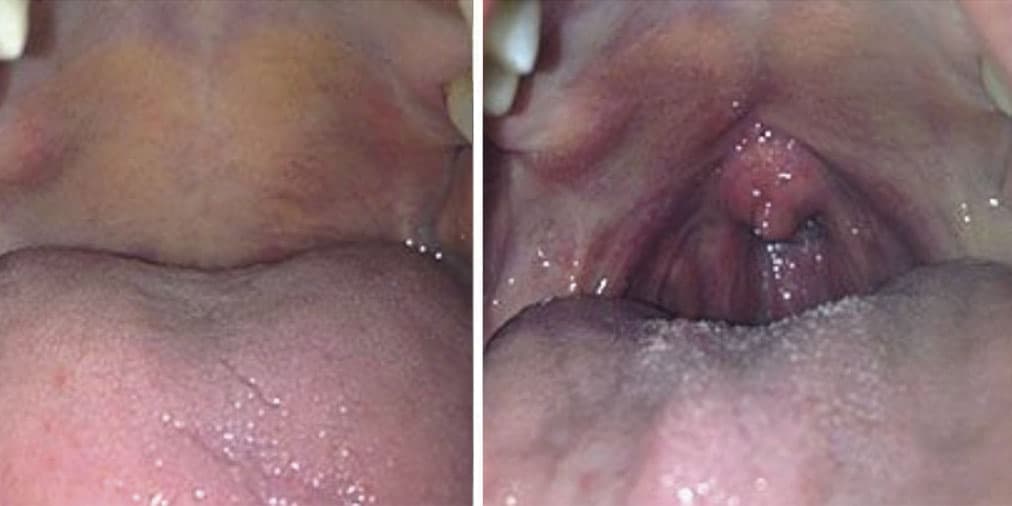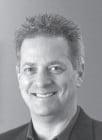Dr. Harvey Shiffman discusses how NightLase snoring treatment with a Fotona LightWalker dental laser improves upper airway volume and offers results when used in combination with MADs and CPAP devices for patients that may not get adequate improvements from only one therapy.
by Dr. Harvey Shiffman
Snoring affects millions of Americans, and the signs and symptoms are the results of a partial or complete collapse of the upper airway during sleep. The NightLase therapeutic protocol is a unique approach to treatment for snoring when using Fotona’s LightWalker dental laser. Of the commercially available hard and soft tissue lasers, only the LightWalker combines 2 proven wavelengths; Nd:YAG and Er:YAG. These wavelengths have unrivaled power and precise pulse control resulting in high efficacy levels for a wide range of procedures. With this advanced level of performance also comes significant patient comfort.

NightLase snoring treatment results in improved nasal breathing which has numerous health benefits. NightLase reduces snoring by means of a gentle, laser-induced tightening effect caused by the contraction of collagen in the oral mucosa tissue. NightLase uses the photothermal capabilities of the LightWalker laser to convert and initiate the formation of new and more elastic collagen. The target mucosal tissues are the oropharynx, soft palate and uvula, back of the tongue, and the floor of the mouth. The proprietary “Smooth Mode” pulse characteristics create a non-ablative heat generation or “Heat Shock” that initiates the conversion of existing collagen to more elastic and organized forms and also initiates neocollagenesis, which is the creation of new collagen in the fibroblast cells. The effect of the laser energy as it penetrates (by transmission) deeper into the tissues, is a low-level photobiomodulation that directly affects the fibroblast cells and has been found to stimulate protein production from quiescent cells. This process results in a visible elevation of the soft palate and uvula and the tightening of the oropharyngeal tissues, resulting in an improvement in the upper airway volume.
Given all of this, NightLase treatment helps patients breathe better through their noses and as a result, they sleep better, too. NightLase has a significant success rate in producing a positive change in sleep patterns. In 2013, a pilot study was completed that addressed snoring with 12 patients. A 12-month follow-up showed a 30% to 90% reduction in snoring tone and volume.
Dental health professionals consider NightLase to be another tool in the treatment toolbox providing more options and the possibility of better results when used in combination with MADs and CPAP devices for patients that may not get adequate improvements from only one therapy. Using the modern, innovative, and minimally invasive NightLase therapy, the dental community can now offer patients health improvements that reach beyond restorative and rehabilitative dentistry.
For more info about the precision and non-invasiveness of NightLase snoring treatment, visit https://dentalsleeppractice.com/fotona-lightwalker-and-nightlase/


 Dr. Harvey Shiffman is in general practice at the Laser Dental Center in Boynton Beach, Fla. He is a graduate of Georgetown University School of Dentistry and completed a general practice residency at Georgetown University Medical Center with an emphasis on treating medically compromised patients. Dr. Shiffman completed certification with the Academy of Laser Dentistry (ALD) in three types of Laser systems and was recently awarded a Fellowship in the ALD. He is personally involved in the use and development of cutting-edge technology and has performed thousands of laser dental procedures over the past 14 years. Dr. Shiffman has lectured on advances in Laser Dentistry at events such as the Yankee Dental Congress, Greater New York Dental Meeting, the Academy of Laser Dentistry, American Sleep and Breathing Academy, and local dental societies. He has published articles on clinical laser use in Dentistry, in Dental Compare, Dental Tribune and LVI Visions. Dr. Shiffman recently became an adjunct professor at Nova Southeastern University College of Dental Medicine.
Dr. Harvey Shiffman is in general practice at the Laser Dental Center in Boynton Beach, Fla. He is a graduate of Georgetown University School of Dentistry and completed a general practice residency at Georgetown University Medical Center with an emphasis on treating medically compromised patients. Dr. Shiffman completed certification with the Academy of Laser Dentistry (ALD) in three types of Laser systems and was recently awarded a Fellowship in the ALD. He is personally involved in the use and development of cutting-edge technology and has performed thousands of laser dental procedures over the past 14 years. Dr. Shiffman has lectured on advances in Laser Dentistry at events such as the Yankee Dental Congress, Greater New York Dental Meeting, the Academy of Laser Dentistry, American Sleep and Breathing Academy, and local dental societies. He has published articles on clinical laser use in Dentistry, in Dental Compare, Dental Tribune and LVI Visions. Dr. Shiffman recently became an adjunct professor at Nova Southeastern University College of Dental Medicine.